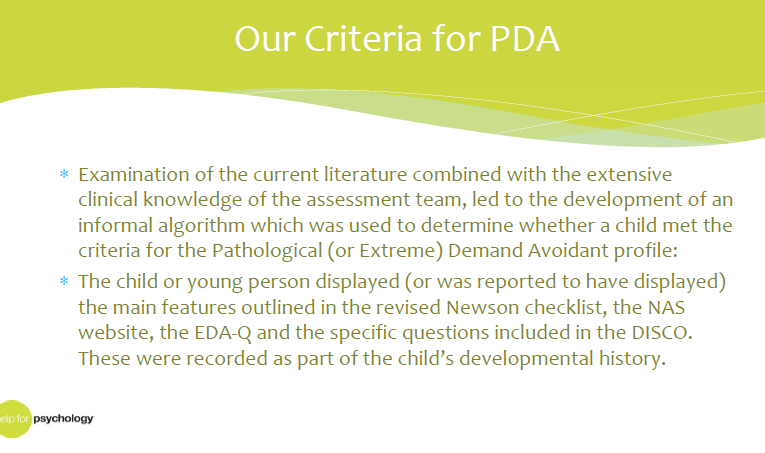ingentaconnect.com/contentone/bil…
From public information sources, that indicate it has severe limitations.
onlinelibrary.wiley.com/doi/full/10.11…
and can be explained by other conditions than autism:
unsafespaces.com/tag/pathologic…
and
thepsychologist.bps.org.uk/volume-29/janu…
researchgate.net/publication/33…
Single cases:
link.springer.com/article/10.100…
and:
sciencedirect.com/science/articl…
And
pdaresource.com/files/An%20exa…
onlinelibrary.wiley.com/doi/abs/10.111…
and
researchgate.net/publication/33…
"“hanging together as an entity” is not enough
if that entity is not significantly different from both autism
and Asperger’s syndrome, either separately or apart" (Newson et al 2003, p599)
researchgate.net/publication/33…
Also mentioned in Norwegian PDA systematic review by @OrmStian
pdaresource.com/files/An%20exa…
and
link.springer.com/article/10.100…

onlinelibrary.wiley.com/doi/abs/10.111…
PDA has higher rates of persons not meeting clinical threshold compared to autism. PDA is: 44% - 89%. Autism is: 0% - 47%.
nationalautismproject.org.uk/the-autism-div…
An example of how Grahame et al (2020) have misrepresented my work.
researchgate.net/publication/34…
If anxiety is causing this demand avoidance; the anxiety would be obsessive in nature& the demand avoidance would be compulsive in nature.
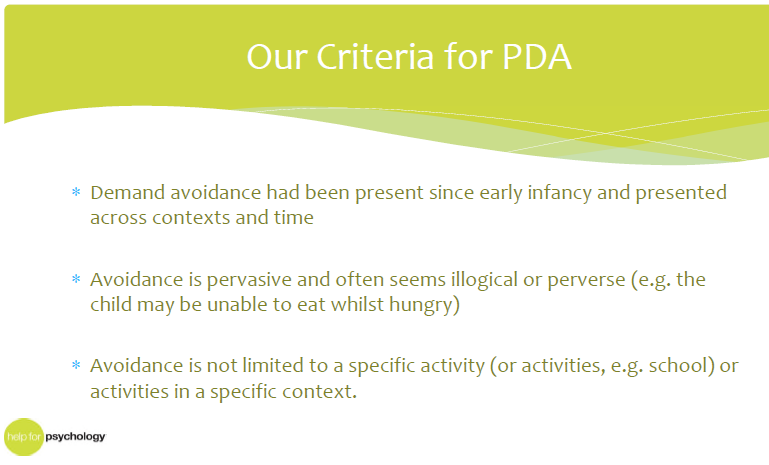
journals.plos.org/plosone/articl…
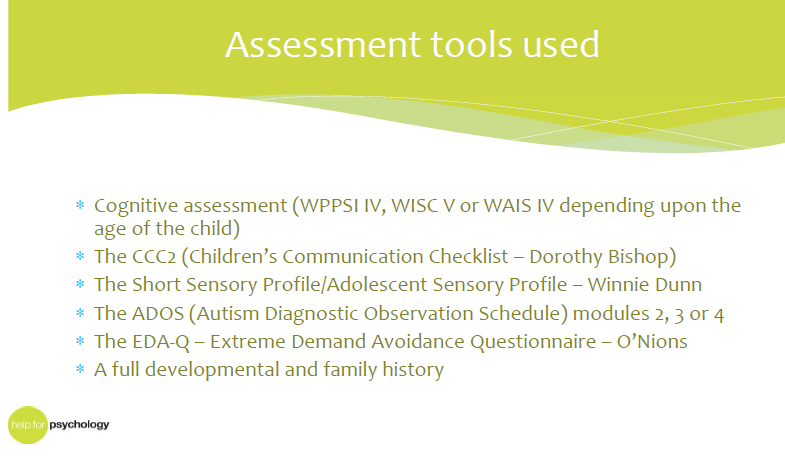
onlinelibrary.wiley.com/doi/abs/10.111…
For links where EDA-Q is used to diagnose PDA:
ingentaconnect.com/contentone/bil…
and
sciencedirect.com/science/articl…
researchgate.net/publication/33…
jaacap.org/article/S0890-…
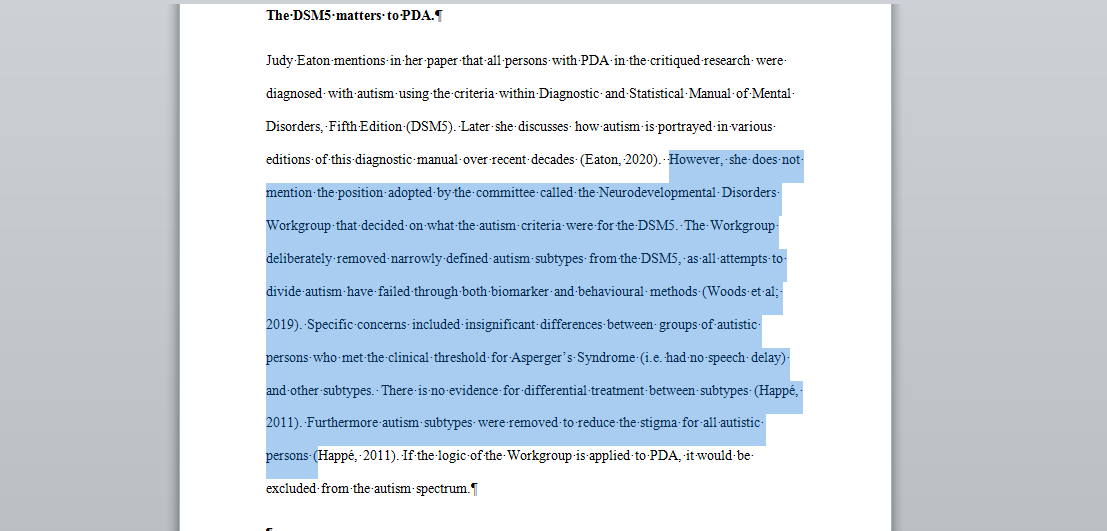
This is a weak one, but it includes significantly less PDAers than Newson's research:
Less DAPers than Newson had: 111 vs 150.
pdaresource.com/files/An%20exa…
link.springer.com/article/10.100…
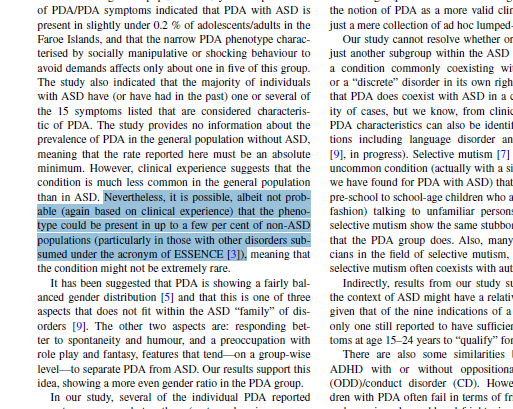
Over to @DrJudes03
link.springer.com/article/10.100…
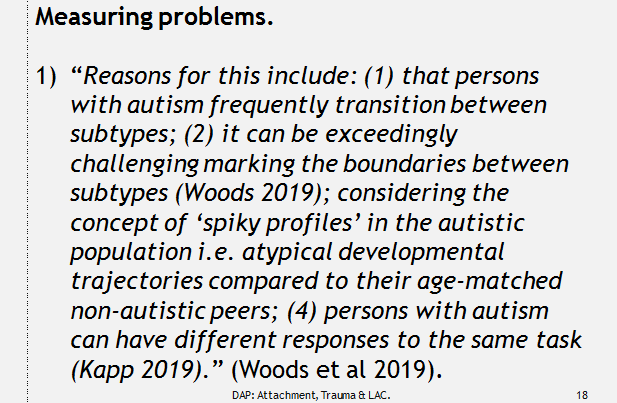
Also 15 unvalidated DISCO PDA items, also need the full DISCO as questions to assess for delayed speech development are in full DISCO.
link.springer.com/article/10.100…
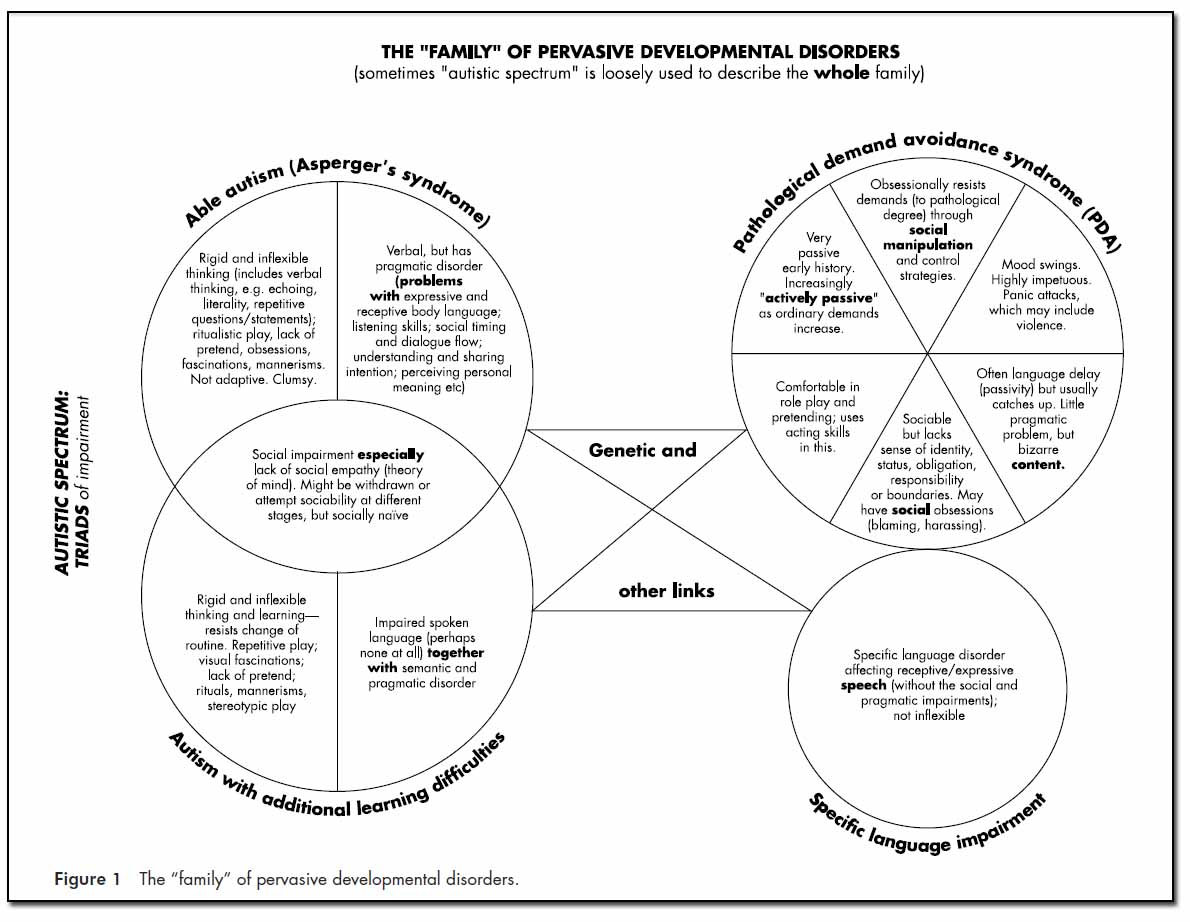
tandfonline.com/doi/abs/10.108…
Thank you to @sofadog for this.





